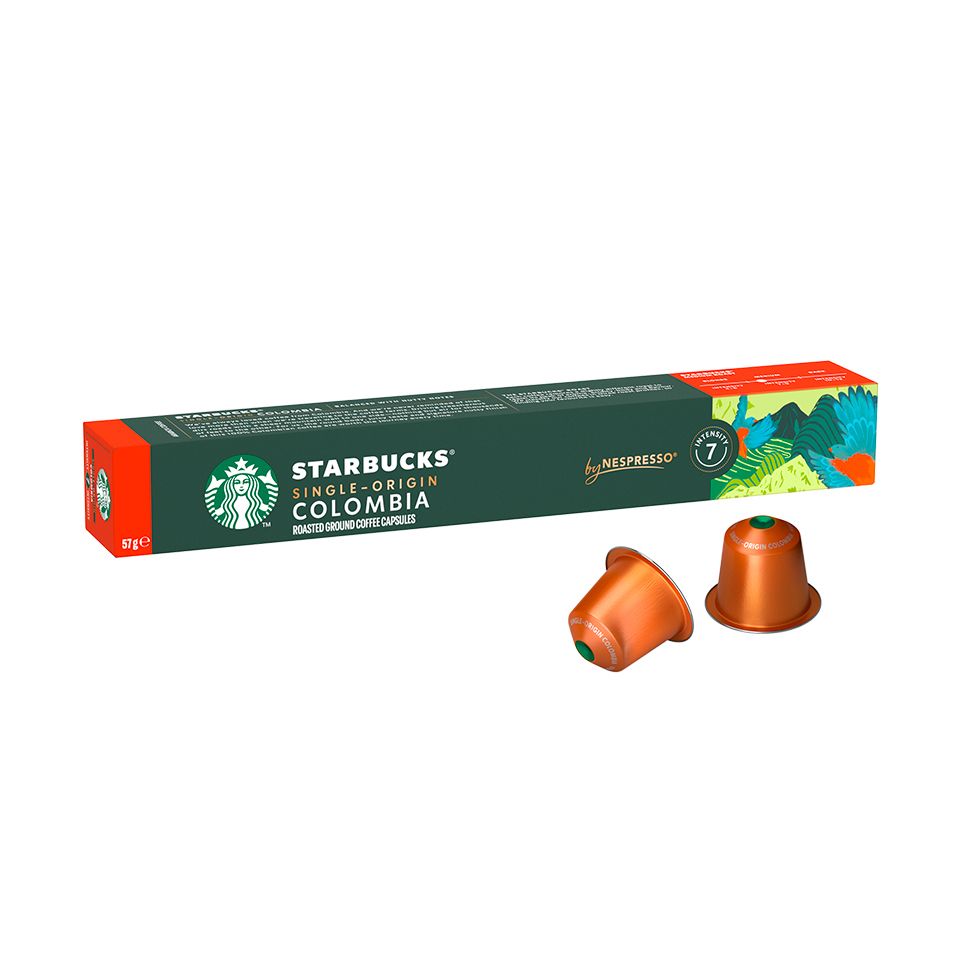SOE Single Origin Espresso – Recommended for Manual Brewing Methods
SOE Single Origin Espresso – Recommended for Manual Brewing Methods
Blog Article
Comprehending Coffee Beans: the Trip From Coffee to Blended Coffee Beans

The Origins of Coffee: A Global Perspective
While you may consider coffee as a modern-day staple, its beginnings trace back centuries, linking with cultures across the globe. The tale begins in Ethiopia, where legend says a goat herder named Kaldi uncovered the stimulating results of coffee beans after noticing his goats romping energetically after eating them. This triggered interest, resulting in coffee's infect Arab investors that treasured the brewed beverage. By the 15th century, it got to Persia, Egypt, and Turkey, where coffee shops became social centers for conversation and society.
As profession paths increased, coffee made its way to Europe in the 17th century, quickly gaining popularity. It transformed from a mystical beverage right into a day-to-day ritual, motivating celebrations and intellectual exchanges. Each culture added its one-of-a-kind twist to coffee preparation, enhancing its background. This international trip highlights how coffee links us, going beyond boundaries and joining varied customs with a simple bean.
Farming and Harvesting of Coffee Beans
As coffee's trip evolved, the focus moved to the growing and harvesting of certain bean ranges, specifically those used for coffee. You'll find that espresso beans frequently originate from Arabica or Robusta plants, each offering distinct flavors. The suitable expanding problems include high altitudes and rich, well-drained soil, which improve the beans' high quality.
During the harvest, picking approaches vary. Timing is vital; you desire to gather when the cherries get to peak perfection for maximum taste.
When gathered, the beans are gotten ready for processing, which is important in establishing their last taste. Understanding the farming and gathering processes offers you understanding into what enters into your preferred espresso, improving your appreciation for each mug.
Processing Approaches: From Cherry to Bean
Since you've found out about gathering espresso beans, let's discover exactly how those cherries change into the coffee beans you like. You'll see how various harvesting techniques effect taste, complied with by the important actions of fermentation and drying out. We'll damage down the milling and grading process that identifies your coffee's top quality.
Gathering Strategies Described
When it comes to coffee, recognizing harvesting methods is important, considering that they straight affect the taste and top quality of the beans you enjoy. Selective picking involves hand-picking only ripe cherries, ensuring you get the best quality beans. Ultimately, the choice of harvesting strategy can significantly influence your coffee experience, so it's worth understanding how those beans made it to your cup.
Fermentation and Drying Out
After collecting, the following action in handling coffee beans play a substantial function fit their flavor. You'll find that fermentation is important, as it assists break down the mucilage bordering the beans, boosting their taste profile. Depending on the method, this procedure can last from a couple of hours to a number of days, with varying outcomes based upon temperature level and moisture.
When fermentation is complete, drying follows, which is equally vital. You can select from sun-drying or mechanical drying approaches. Sun-drying permits the beans to soak up flavors from the setting, while mechanical drying out guarantees regular wetness levels despite weather condition. Proper drying out is vital to stop mold and mildew and preserve the beans' top quality, eventually affecting your mug of coffee.
Milling and Grading Refine
As fermentation and drying established the stage for taste growth, the milling and grading process guarantees that just the finest coffee beans make it to your mug. This stage includes removing the external layers of the coffee cherry, including the parchment and husk. After milling, the beans are sorted by dimension and weight, guaranteeing a consistent quality. You'll locate that grading assists recognize defects and categorize beans, which influences taste and fragrance. High-grade beans receive a higher quality, causing a richer coffee experience. Once rated, the beans are ready for packaging and delivery, maintaining their unique qualities. This thorough process is necessary for supplying the extraordinary preference you appreciate in every sip of your favored brew.
Toasting Strategies: Opening Flavor Prospective
When you roast coffee beans, the technique check you select can dramatically impact the flavor profile. Comprehending the connection between time, temperature, and roasting techniques is essential to exposing the capacity of your brew. Let's explore how these aspects come with each other to produce the ideal cup.
Roasting Approaches Explained
While you may assume that all coffee roasting approaches produce the same outcomes, the truth is that each strategy exposes one-of-a-kind flavor possibilities in the beans. Drum toasting uses a turning drum to equally disperse heat, enhancing caramelization and creating a balanced taste. Air roasting, on the various other hand, distributes hot air around the beans, advertising a lighter roast with pronounced level of acidity.

Influence On Taste Account
Various toasting approaches not just affect the process but likewise substantially affect the taste account of the coffee beans. Dark roasts, on the other hand, bring out strong, great smoky flavors, often covering up the bean's one-of-a-kind features. Recognizing these subtleties aids you value the virtuosity behind your mug of coffee, boosting your total experience with every sip.
Time and Temperature Level Variables
To launch the complete taste possibility of coffee beans, both time and temperature throughout the toasting process play substantial functions. When toasting, you'll find that greater temperatures can swiftly develop tastes, but if you hurry it, you may wind up with burnt notes. Conversely, reduced temperatures company website enable for a more gradual taste growth, showcasing the beans' one-of-a-kind characteristics.

Timing is equally as vital; expanding the roast as well long can lead to a loss of level of acidity and illumination, while too brief a roast might leave the beans underdeveloped. Finding that wonderful area calls for technique and testing. By readjusting these aspects, you can reveal the abundant, complicated flavors concealed within each bean, producing a really impressive coffee experience.
The Art of Mixing: Crafting Special Coffee Accounts

Start by selecting a base coffee that gives a strong structure. A bright Ethiopian bean can bring fruitiness, while a rich Brazilian coffee adds body.
As you blend, bear in mind that each mix informs a story. You're not just making coffee; you're developing an experience. So, take your time, taste frequently, and delight in the journey of finding your signature blend.
Developing Approaches: Just How Prep Work Impacts Flavor
Mixing coffee opens up a domain of taste possibilities, but just how you brew that mix can substantially influence your final mug. On the various other hand, a pour-over highlights the coffee's clearness and brightness, excellent for showcasing delicate notes.
Espresso, with its high pressure, generates a focused shot that accentuates sweet taste and crema. If you favor a lighter brew, consider a cold brew technique; it yields a smooth, less acidic preference.
Readjusting variables like water temperature, grind dimension, and brew time can transform your coffee's account. Embrace the art redirected here of brewing to uncover the flavors hidden in your coffee blends.
The Future of Coffee: Sustainability and Innovation
As the coffee market evolves, sustainability and technology are becoming essential for resolving environmental obstacles and meeting customer demands. You'll see that more coffee firms are embracing eco-friendly methods, from sourcing beans ethically to applying sustainable farming strategies. These shifts not just help the earth yet also boost the high quality of the coffee you delight in.
You might see innovations like eco-friendly product packaging and water-saving brewing approaches that decrease waste. Advanced technology, such as blockchain, is likewise becoming preferred, making sure transparency in the supply chain, which enables you to trace your coffee back to its beginnings.
Furthermore, spending in neighborhood neighborhoods and supporting farmers with reasonable trade efforts fosters a much more sustainable coffee environment. As you sip your following mug, keep in mind that your options can add to a brighter future for coffee. By selecting sustainable brands, you're not simply delighting in a beverage; you're making a positive effect on the globe.
Regularly Asked Inquiries
What Is the Difference Between Arabica and Robusta Beans?
Arabica beans are smoother, sweeter, and have a higher acidity, while robusta beans are more powerful, extra bitter, and contain even more high levels of caffeine. When making your coffee., you'll discover these differences in flavor and scent.
Just How Does Elevation Affect Coffee Bean Flavor?
Altitude impacts coffee bean taste substantially. Higher altitudes create beans with brighter level of acidity and facility flavors, while lower elevations often produce beans that are larger and much less nuanced. You'll observe these differences in your mug!
What Are the Health And Wellness Conveniences of Drinking Coffee?
Consuming coffee can increase your energy, improve psychological focus, and also enhance physical efficiency. It's abundant in antioxidants, might lower the danger of particular illness, and can advertise a healthier metabolic rate when consumed in small amounts.
Can Coffee Beans Be Reused for Developing?
Yes, you can recycle coffee beans for brewing, yet the taste could be weaker. If you enjoy trying out, attempt recycling them in various means, like chilly brews or contributing to healthy smoothies for an additional kick.
Exactly how Should I Store Coffee Beans for Freshness?
To maintain your coffee beans fresh, save them in a closed container in a cool, dark location. Avoid revealing them to light, warm, or wetness, as these factors can rapidly deteriorate their taste and scent.
Recognizing Coffee Beans: the Trip From Coffee to Blended Coffee Beans.
Currently that you have actually found out about harvesting espresso beans, let's explore exactly how those cherries change right into the coffee beans you enjoy.When you roast coffee beans, the approach you choose can substantially affect the flavor account - Single Origin Espresso.While you might believe that all coffee roasting techniques generate the very same results, the reality is that each technique reveals distinct flavor potentials in the beans.Different roasting approaches not just affect the procedure yet additionally greatly affect the flavor account of the coffee beans
Report this page